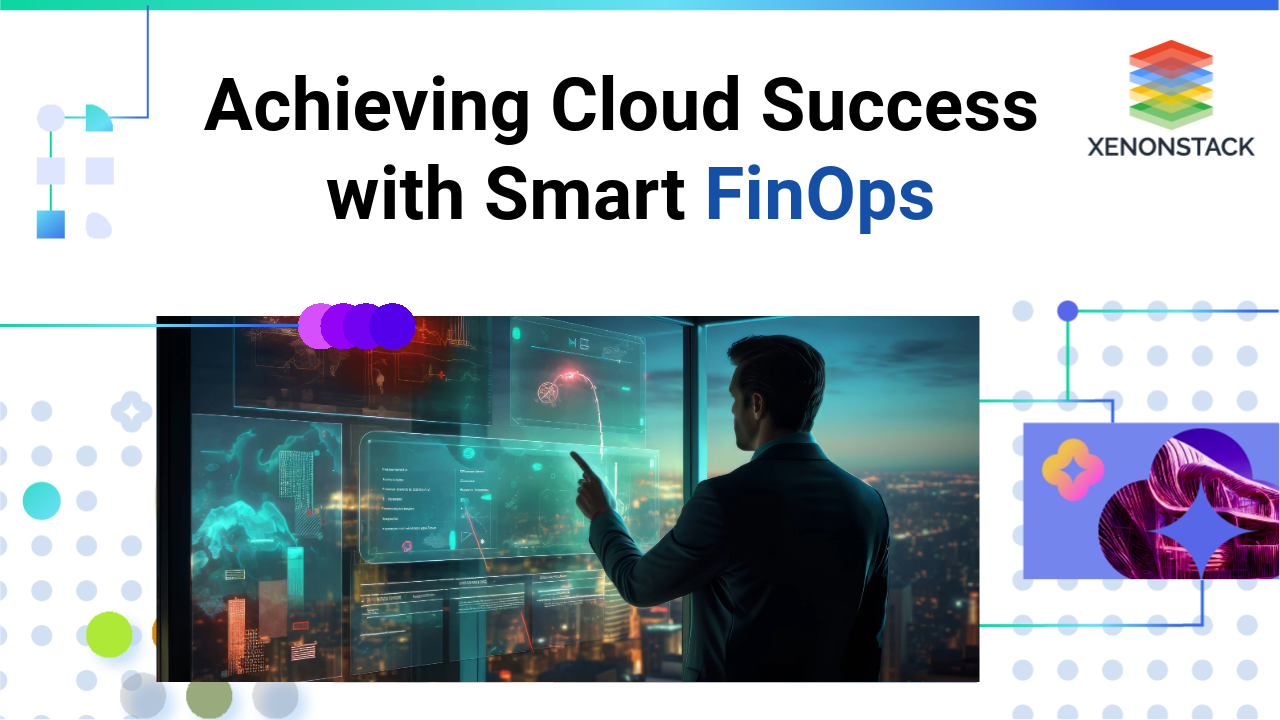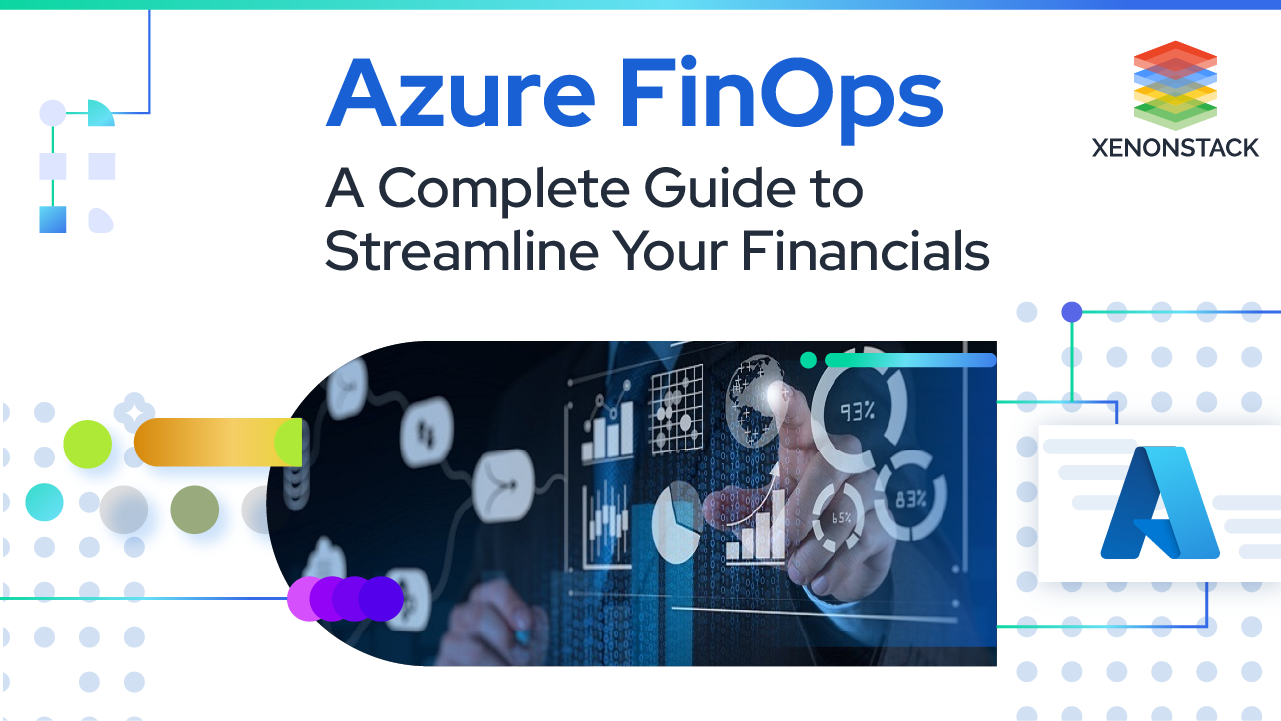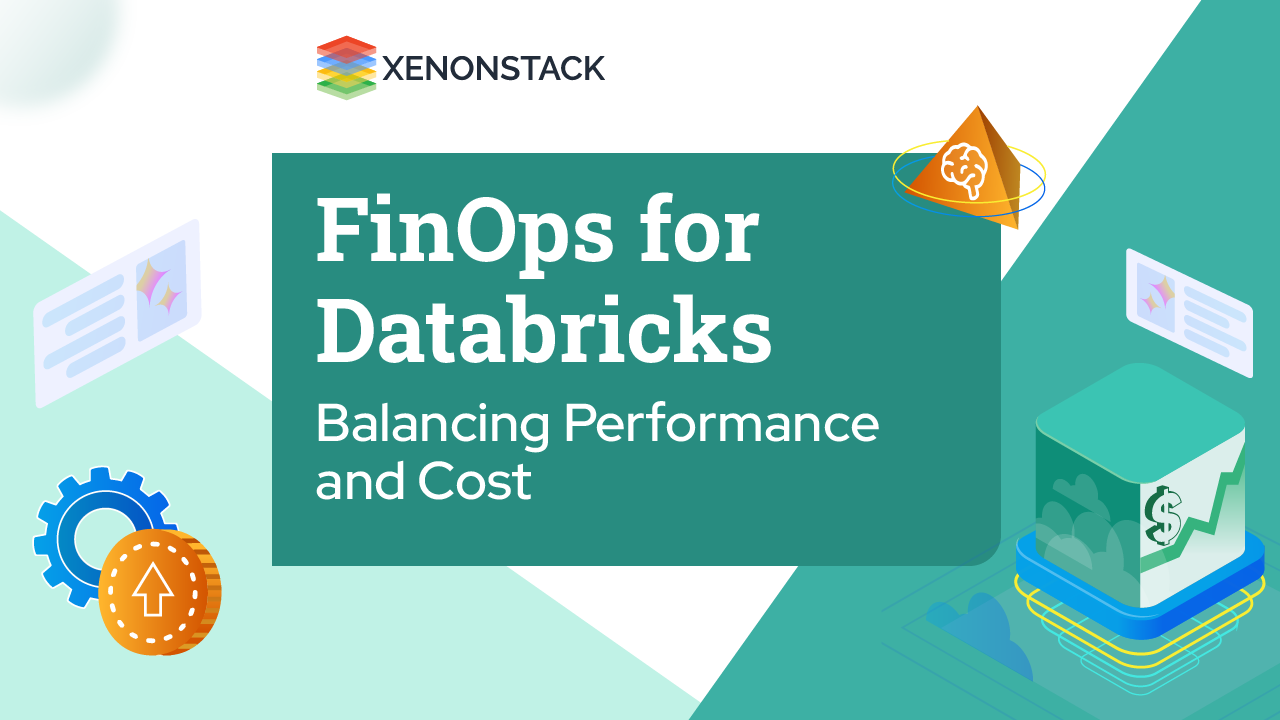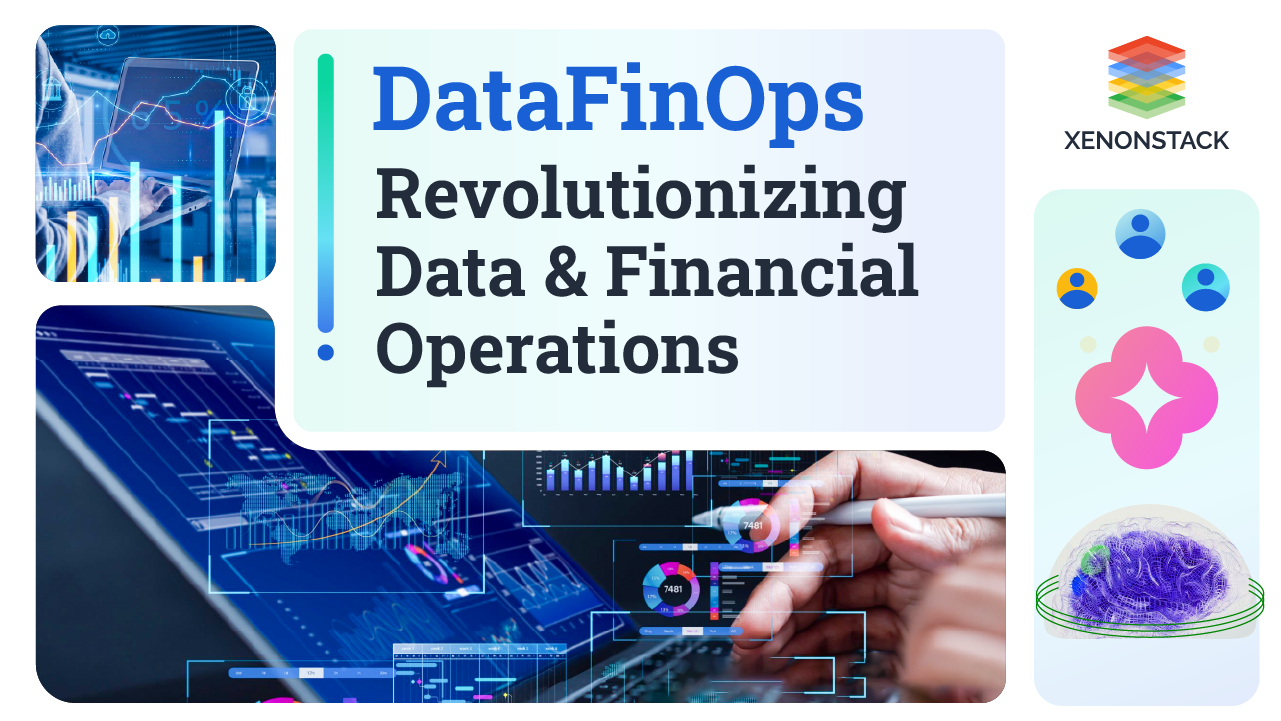
In today’s world of Cloud Computing, where organizations are shifting to scalable and flexible infrastructure, managing cloud costs effectively has become paramount. The traditional methods of handling finances no longer suffice, as the dynamic nature of cloud services requires a more adaptive and collaborative approach.
As companies continue their digital transformation journeys, FinOps has evolved into a critical practice that aligns business objectives with the unpredictable nature of cloud costs. This blog explores the foundations, evolution, key principles, stakeholders, and future of FinOps, while providing a deep dive into how businesses can adopt this framework to achieve cost efficiency in the cloud.
The Beginnings and Growth of FinOps
The rise of cloud computing in the early 2000s revolutionized IT infrastructure, offering scalability and pay-as-you-go models that appealed to businesses of all sizes. However, the newfound flexibility came with the challenge of managing cloud costs, which could quickly spiral out of control if not monitored properly. The traditional financial models were designed for static infrastructure, where costs were predictable and easier to manage. In contrast, cloud costs are variable and can fluctuate depending on usage, making it difficult to budget and forecast accurately.
To address these challenges, FinOps, short for Financial Operations, emerged as a practice focused on enabling collaboration between IT, finance, and business teams. FinOps combines financial accountability and cloud cost management to ensure that organizations can derive maximum value from their cloud investments. Over time, the practice has evolved from basic cost monitoring to sophisticated optimization strategies, helping companies achieve cloud cost governance, predictability, and efficiency.
A Holistic Strategy for Managing Cloud Costs
FinOps is more than just a set of tools or practices; it is a culture that emphasizes collaboration across departments to manage cloud costs effectively. At its core, FinOps is about creating a financial operating model that aligns cloud consumption with business objectives. The FinOps framework consists of three phases: inform, optimize, and operate.
Inform
The first step in the FinOps process is gaining visibility into cloud usage and spending. Organizations need to understand where their cloud spend is going, which services are being used, and by whom. This involves Real-Time Monitoring and reporting of cloud costs across all departments. Informing stakeholders is crucial, as it lays the foundation for effective cost optimization.
Key activities in this phase include:
-
Real-time cost reporting
-
Identifying cost drivers and usage patterns
-
Allocating costs to teams or departments
-
Setting up cost alerts and budgets
Optimize
Once there is visibility into cloud spending, the next phase is to optimize costs. This involves identifying inefficiencies, such as underutilized resources or over-provisioned services, and taking corrective action. Optimization is a continuous process and can involve rightsizing resources, negotiating with cloud providers for discounts, and leveraging automation to scale resources based on demand.
Key activities in this phase include:
-
Rightsizing instances and services
-
Leveraging reserved instances and savings plans
-
Automating scaling and cost controls
-
Implementing chargeback and showback model
Operate
The final phase of the FinOps framework focuses on continuous improvement and accountability. In this phase, organizations establish processes to manage cloud costs on an ongoing basis, ensuring that optimization efforts are sustained over time. It also involves collaboration between finance, IT, and business teams to set goals, monitor progress, and make informed decisions.
Key activities in this phase include:
-
Regular cloud cost reviews
-
Continuous monitoring of cost optimization efforts
-
Adjusting budgets and forecasts based on usage patterns
-
Implementing governance policies for cloud consumption
Key Pillars of Financial Operations
The FinOps Foundation, a community dedicated to advancing the FinOps practice, has outlined six key principles that serve as the foundation for effective cloud cost management:
 Fig 1: FinOps Principles
Fig 1: FinOps Principles
Foundational Principles of FinOps
-
Teams Need to Collaborate
Effective cloud cost management requires collaboration between technology, finance, and business teams. These departments must work together to ensure that cloud resources are being used efficiently and aligned with business objectives.
-
Everyone Takes Ownership of Their Cloud Usage
FinOps encourages a culture of accountability, where each team is responsible for the cloud resources they consume. This creates a sense of ownership and ensures that costs are managed at the source.
-
Decisions are Driven by Business Value
Rather than focusing solely on cost-cutting, FinOps emphasizes that decisions regarding cloud spending should be aligned with business goals. This ensures that cloud investments deliver value to the organization.
-
FinOps Reports Should Be Accessible and Timely
Real-time visibility into cloud spending is essential for making informed decisions. FinOps reports should be accessible to all stakeholders and provide actionable insights into cloud costs.
-
Cloud Usage is a Variable Cost Model
Cloud costs are inherently variable, and FinOps encourages organizations to embrace this flexibility. Rather than trying to impose static budgets, FinOps allows for dynamic cost management that adapts to changing business needs.
-
Continuous Improvement Through Automation
FinOps is a continuous process, and automation plays a key role in sustaining cost optimization efforts. By automating routine tasks, such as scaling and cost reporting, organizations can focus on strategic initiatives.
Major Stakeholders in the Process
FinOps is a cross-functional practice that involves multiple stakeholders within an organization. Each stakeholder plays a critical role in ensuring the success of the FinOps process:
-
Finance Teams: Responsible for tracking and reporting cloud costs, setting budgets, and ensuring that spending aligns with financial objectives.
-
IT Teams: Responsible for managing cloud resources and optimizing usage to ensure that services run efficiently.
-
Business Teams: Responsible for defining the business objectives that cloud investments should support and for making decisions based on the value derived from cloud spending.
-
Cloud Providers: Partners in the FinOps process, offering tools and services to help organizations manage their cloud costs effectively.
Prevention The FinOps Maturity Model
Organizations typically progress through different stages of maturity as they adopt FinOps practices. The FinOps maturity model provides a framework for assessing an organization’s capabilities and identifying areas for improvement.
- Crawl Stage (Initial Awareness)
In the early stages of FinOps adoption, organizations may have limited visibility into cloud costs and are just beginning to establish basic cost management practices. The focus is on understanding cloud spend and creating initial reports.
Walk Stage (Operationalizing FinOps)
At this stage, organizations have established basic cost reporting and optimization practices. Teams are starting to collaborate, and there is a growing focus on cost optimization and accountability.
Run Stage (Advanced FinOps)
In the advanced stage, organizations have fully operationalized FinOps practices. Automation is used extensively for cost management, and teams are continuously optimizing cloud resources. There is a strong culture of accountability and collaboration across departments.
What’s Next for FinOps?
 Fig 2: FinOps Maturity Model
Fig 2: FinOps Maturity Model
As cloud adoption continues to grow, the future of FinOps will likely involve even greater automation and integration with other disciplines, such as DevOps and SecOps. Machine Learning and Artificial Intelligence (AI) are expected to play a significant role in automating cost optimization and providing predictive analytics for cloud spending.
Additionally, as multi-cloud strategies become more prevalent, FinOps will need to evolve to handle the complexities of managing costs across multiple cloud providers. Another key trend is the increasing focus on sustainability in cloud computing. As organizations strive to reduce their carbon footprint, FinOps can help optimize cloud usage to minimize environmental impact while maintaining cost efficiency. This will involve not only optimizing resources but also considering the energy efficiency of cloud providers and data centers.
Conclusion: Achieving Success with FinOps
FinOps is not just about reducing cloud costs; it’s about aligning cloud investments with business goals and driving value through collaboration, accountability, and continuous improvement. By adopting the FinOps framework and principles, organizations can gain better control over their cloud spending, optimize resources, and ensure that their cloud investments deliver maximum value.
As the practice continues to evolve, FinOps will play an increasingly important role in helping businesses navigate the complexities of cloud cost management. Whether an organization is just starting its FinOps journey or is looking to take its practices to the next level, the key to success lies in collaboration, automation, and a commitment to continuous improvement. With the right approach, FinOps can empower organizations to make smarter decisions, achieve cost efficiency, and unlock the full potential of the cloud.



